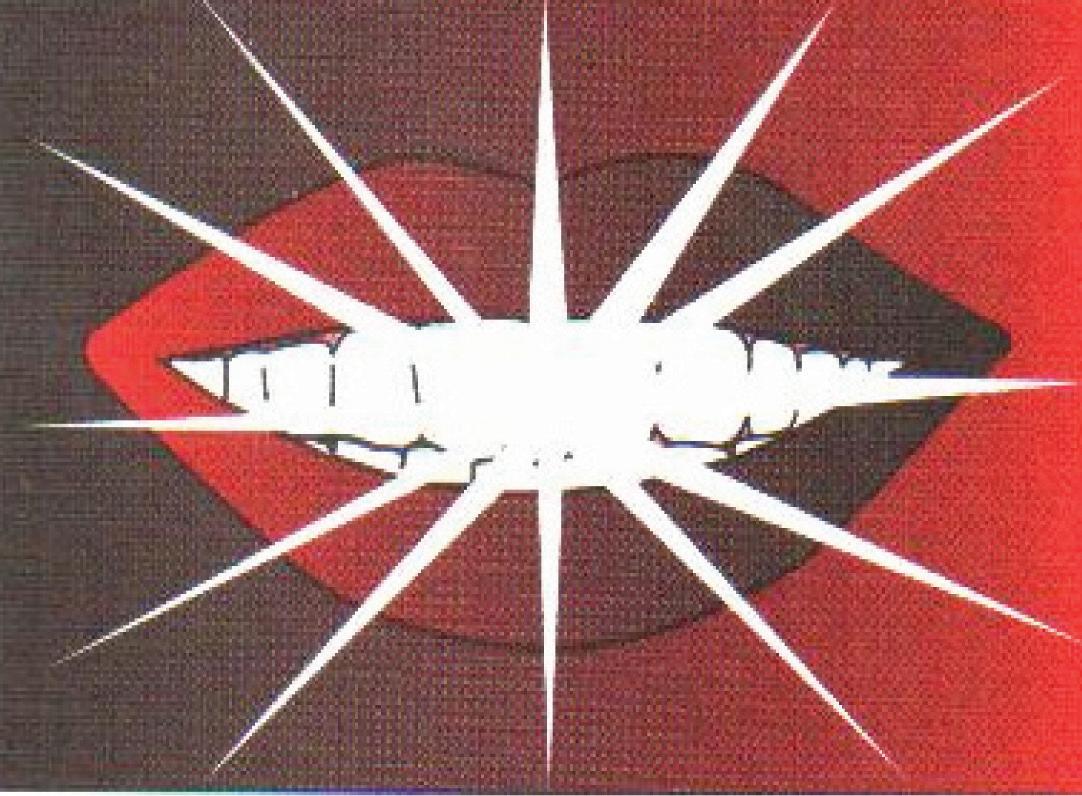
3 minute read
Tales of two cities
from 2010-03 Melbourne
by Indian Link
Two new novels bring alive India’s major metropolises Mumbai and Delhi in vivid detail
BY CHITRA SUDARSHAN
Siddharth Dhavant Shanghvi wrote his first novel Last Song of Dusk when he was just 26, which won the Betty Trask Award in 2004 - one of UK’s prestigious awards for debut novels (previous winners include Meera Syal and Hari Kunzru whose books we have reviewed earlier in this column). The Lost Flamingoes of Bombay (Penguin, 2009) is his second work of fiction, and is based on the Jessica Lal case, a cause celebre, that had the whole of India talking. Jessica Lal was murdered point blank by the son of a prominent Haryana politician, and all witnesses turned hostile or refused to testify, as a result of which he was acquitted. The press outcry was such that he was presented before a High Court and subsequently committed to trial. In the novel, Zaira, a popular film star is killed by a wellconnected stalker in a popular bar while mixing drinks. The murder, and the miscarriage of justice that follows it, affects the lives of Samar, the jaded young genius; Karan, the photographer with a mission; and Rhea, who gave up her career for marriage.
Shanghvi’s novel is filled with images, snapshots and descriptions of Mumbai and the issues that rage and engage Mumbaikars: annual monsoon and flooding of the city; the Shiv Sena’s moral policing, the dark side of economic liberalism and much more –not all negative. It brings to mind Suketu Mehta’s description of Mumbai as a “bootcamp of urban living”; an unforgiving city, and other novels of the city by authors Manil Suri, Rohinton Mistry, Susan Kurosawa, Vikas Swarup, Vikram Chandra, Greg Roberts’
Shantaram and Indra Sinha’s Death of Mr Love. Shanghvi, a Juhu boy from Mumbai, presents the reader with an insider’s view of the city as he describes Karan’s search for the Mumbai Fornicator, with its dark and murky alleyways and streets on the one hand, and the flamingos at Sewri on the other.
The Lost Flamingoes of Bombay was on the shortlist for the Man Asian Literary Prize in 2008 – and is an immensely readable book.


* * * Delhi Noir is a collection of short stories of Delhi by a star studded cast of authors, edited by Hirsh Sawhney. There have been some wonderful books written on Delhi over the years, including those by William Dalrymple, Khushwant Singh, Vijay Goel and Jhabvala – to name a few; however, they tend to be preoccupied with Delhi’s past, its rulers, ruins, architecture and the like. Delhi Noir steers well clear of it – and instead we read about bent cops who steal and kill, and about the ‘dark side of the boom’: what the author describes as the “inequality and cruelty” that disfigure this massive, sprawling city. Through these stories we learn about the waves of migration –initially from the Punjab, and now Bihar –that make their way into the city’s hierarchy of power and corruption.
Shanghvi’s novel is filled with images, snapshots and descriptions of Mumbai and the issues that rage and engage Mumbaikars… Dr.

Delhi has grown phenomenally especially in the last 20 years, and this is a collection of stories about the city’s underbelly unlike any before. From old areas such as Paharganj to the parvenu Green Park, to the ‘lungs’ of Delhi - the Ridge, the book is filled with tales of horror, deception, revenge and things ‘noir’. In Allan Sealy’s story, a crafty autorickshaw driver exacts his revenge; in Mohan Sikka’s Railway Aunty, a student gigolo lives on the knife’s edge; Meera Nair’s Small Fry compares the uprooted poor around the Bus Terminal with the rich who have made it through not exactly legal means; Khair’s story is a parable of misperceptions; Manjula Padmanabhan fast forwards to Delhi 2050; Ruchir Joshi spins a tale that springs from a conflict over parking in Nizamuddin; Siddharth Chowdhury’s tale encompasses Bihari students in Delhi University’s north campus, and finally, Uday Prakash’s The Walls of Delhi - the only story translated from the Hindi, is another gem. All in all, this is an engrossing anthology of tales from Delhi which is sure to bring hours of reading pleasure especially to those familiar with the topography of Delhi who will recognise the places described.










